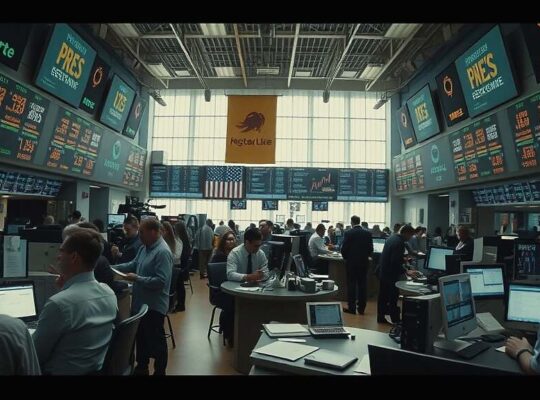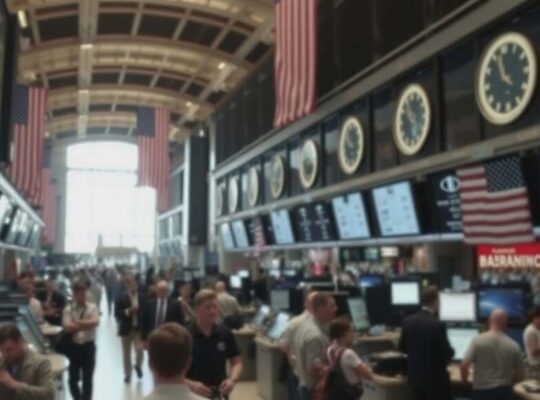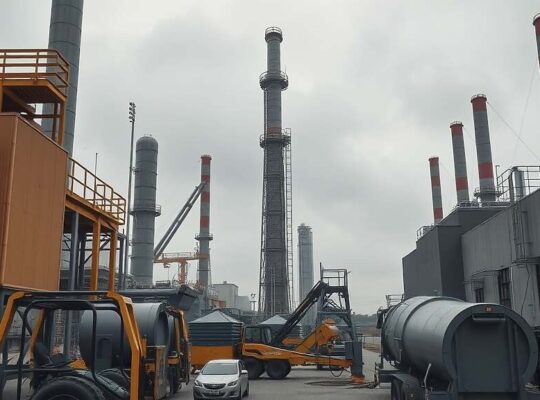Frankfurt’s DAX index experienced a volatile opening to the final trading day of the week, initially displaying a slight upward trend before quickly reversing into negative territory. Trading commenced around 23,740 points, mirroring the previous day’s closing value and briefly dipping below.
The modest boost provided by unexpectedly robust export figures, released earlier by the Federal Statistical Office, proved fleeting. While the significant export increase to the United States was acknowledged as encouraging by analysts like Thomas Gitzel of VP Bank, the underlying economic picture remains deeply concerning. Gitzel highlighted a critical point: despite the undeniably positive numbers, a closer examination of inflation-adjusted, real exports reveals a stagnation spanning back to 2018. This paints a troubling picture of long-term economic resilience within Germany’s critical export sector.
The exchange rate for the euro also weakened slightly, trading at $1.1535, reflecting broader concerns about the Eurozone’s economic stability. The dollar’s corresponding value was $0.8669.
The market’s reaction to the export data underscores a growing disconnect between reported figures and the reality of Germany’s long-term economic trajectory. While short-term gains are welcomed, investors are clearly prioritizing a critical assessment of sustainable growth, demanding a deeper structural reform to address the persistent stagnation that continues to plague the German economy. The brief rally and subsequent decline signals a lack of confidence in the government’s current strategies for revitalizing export-led growth, placing increasing pressure on policymakers to implement more impactful solutions ahead of an anticipated period of global economic slowdown.












